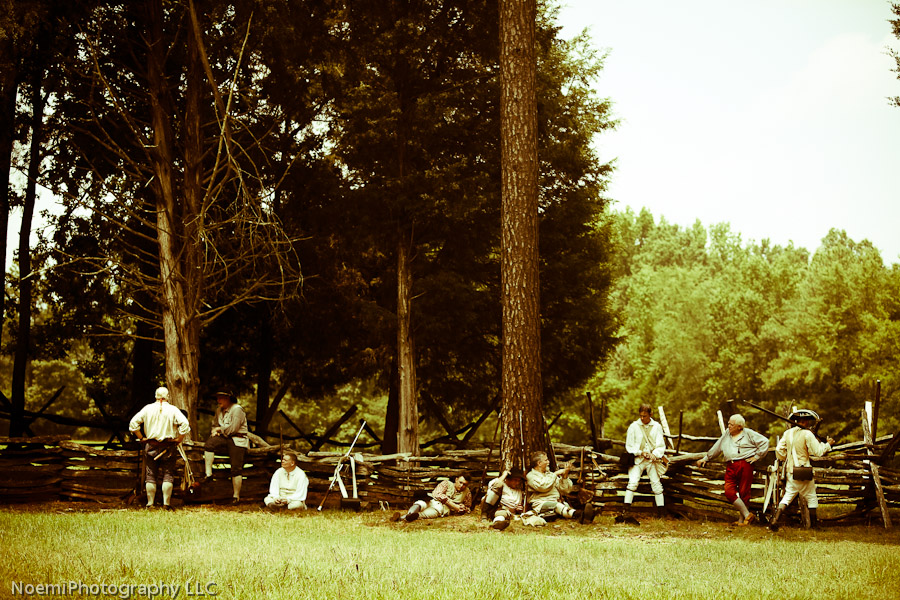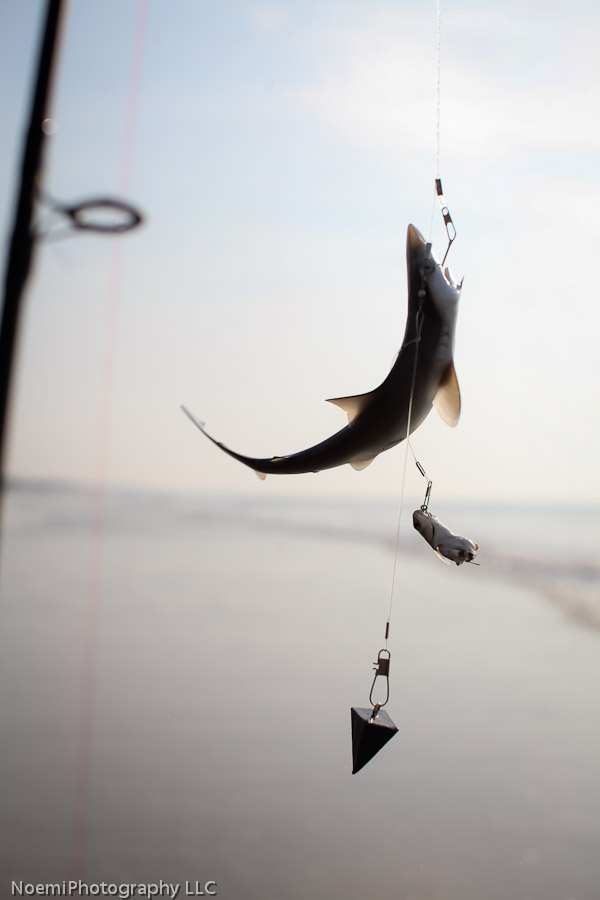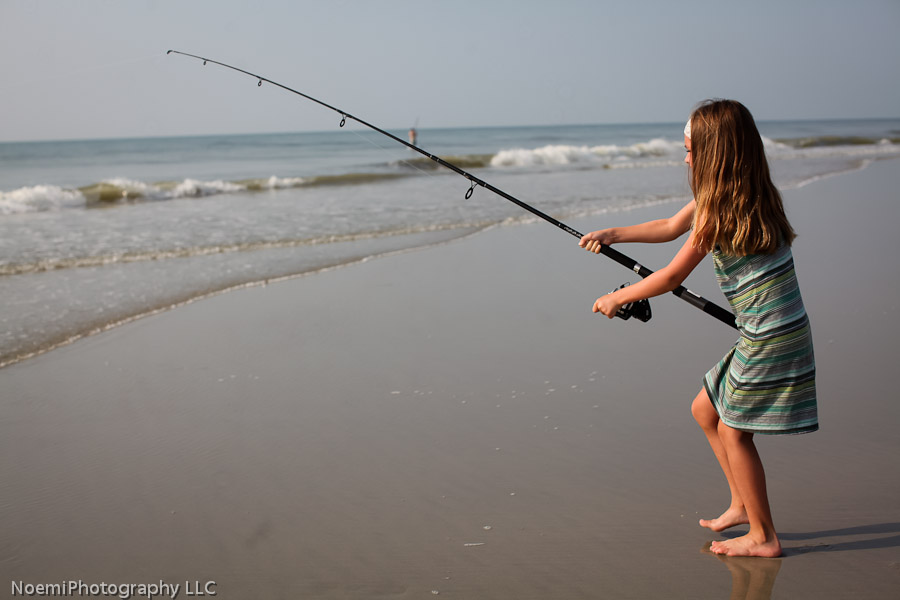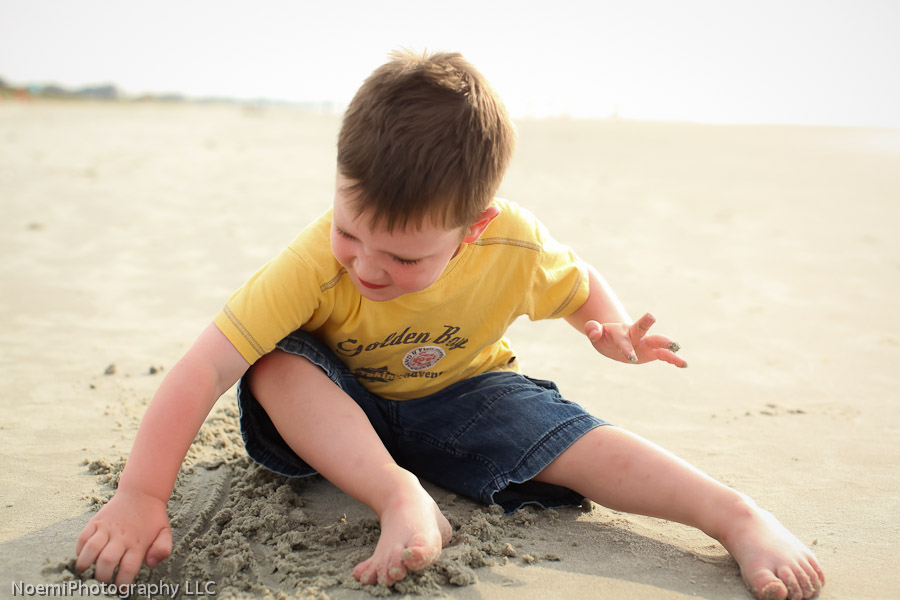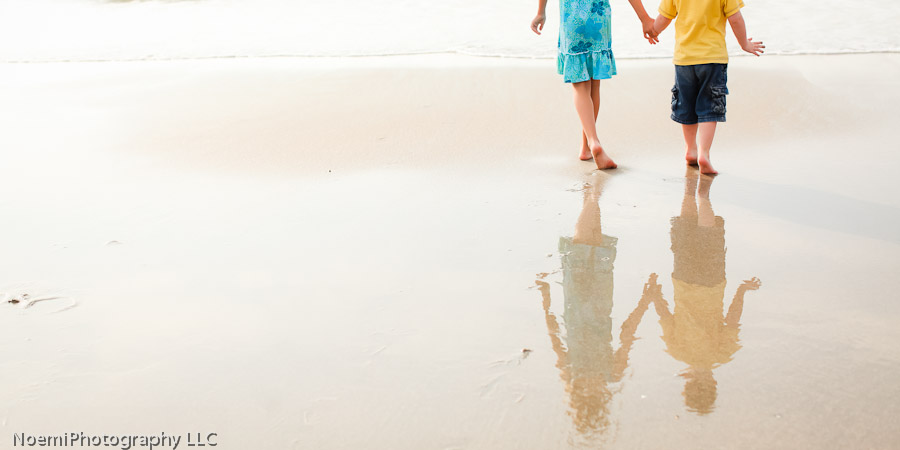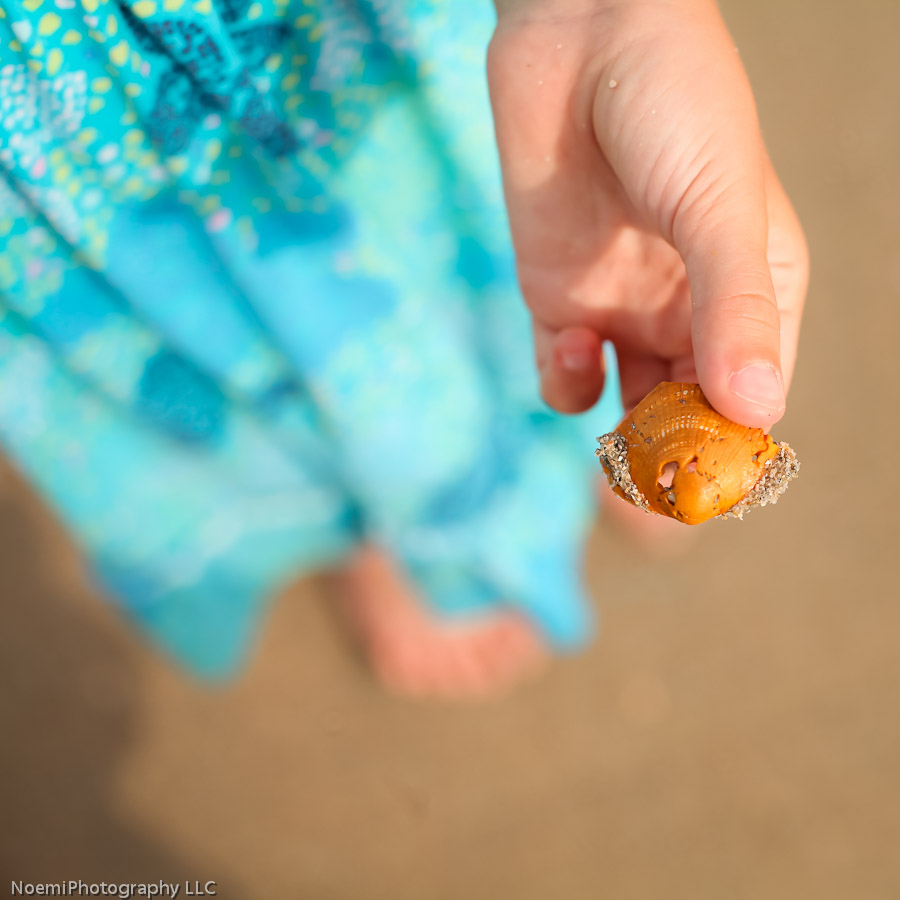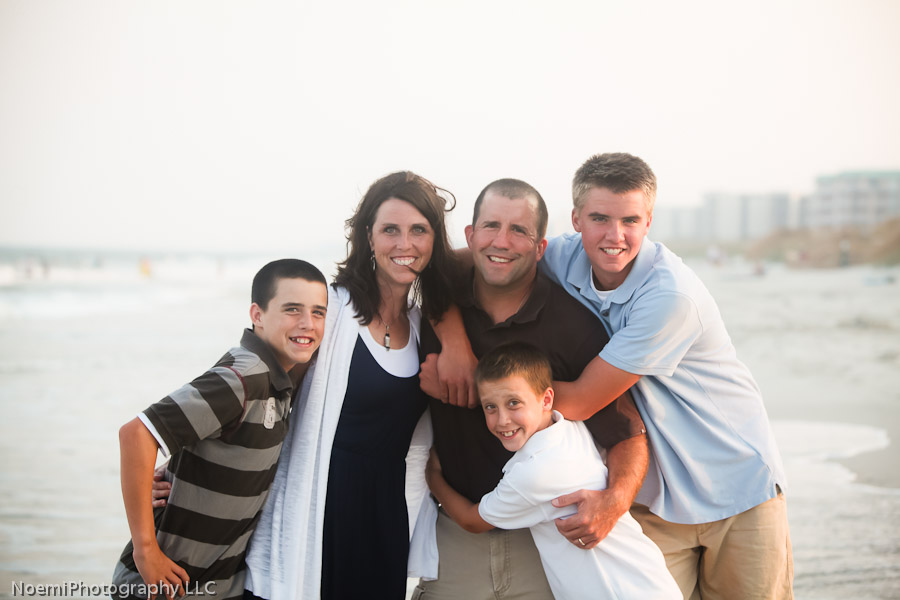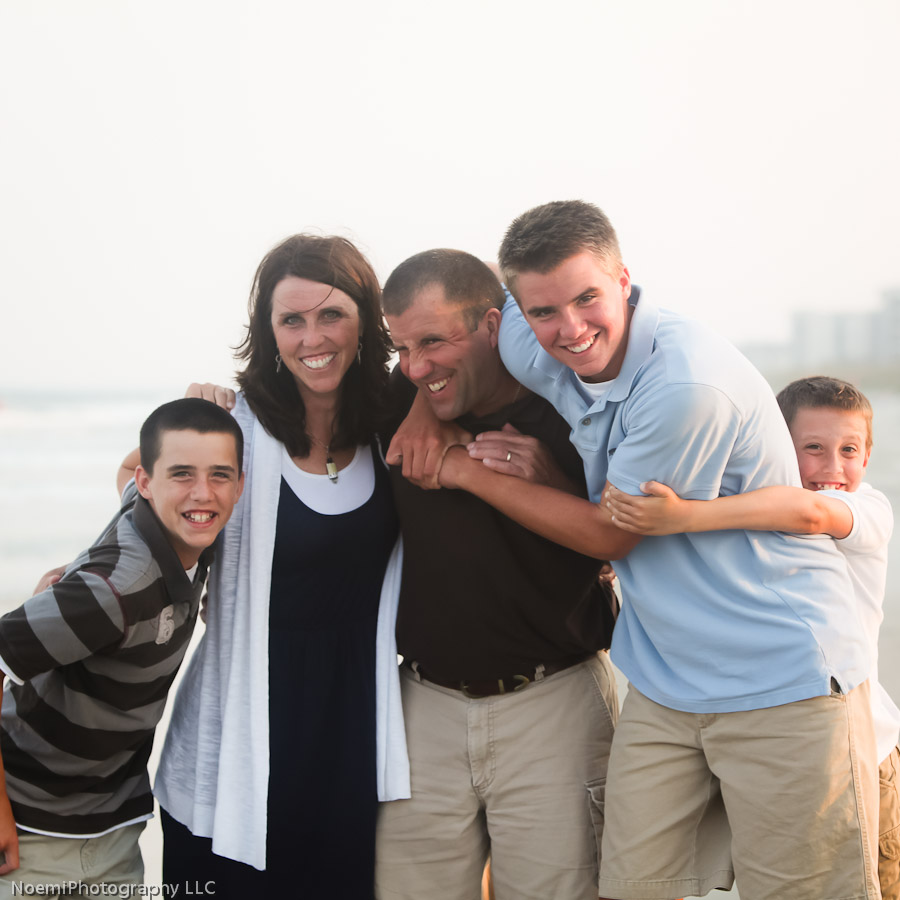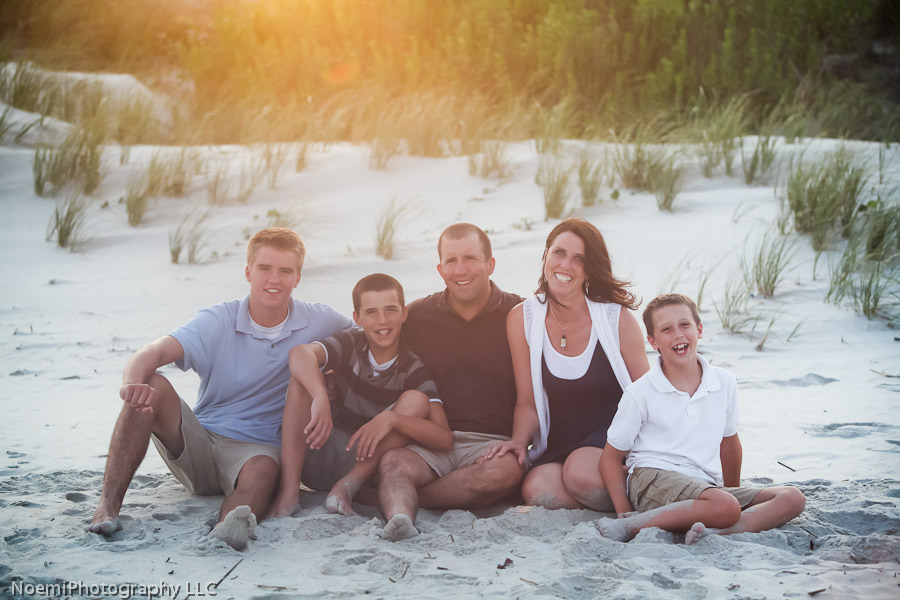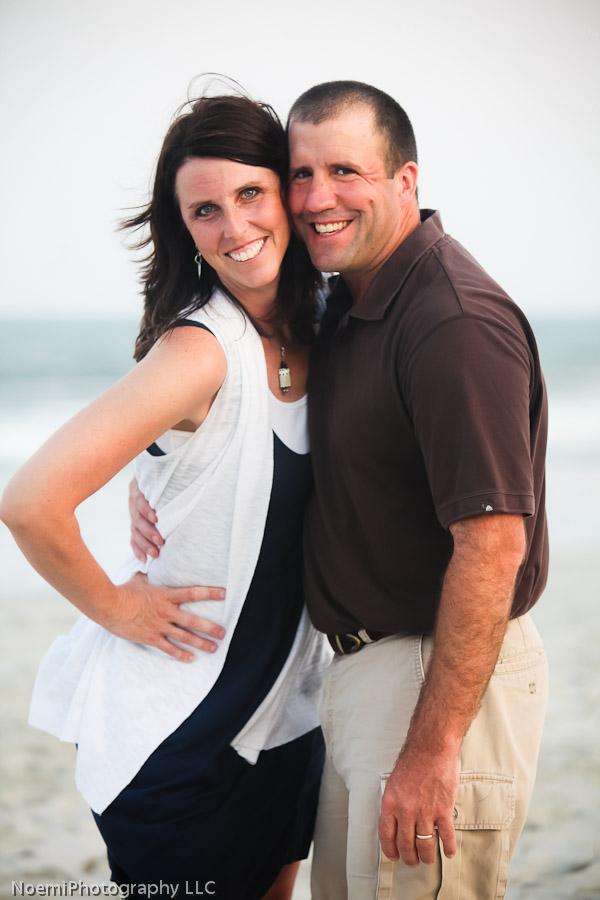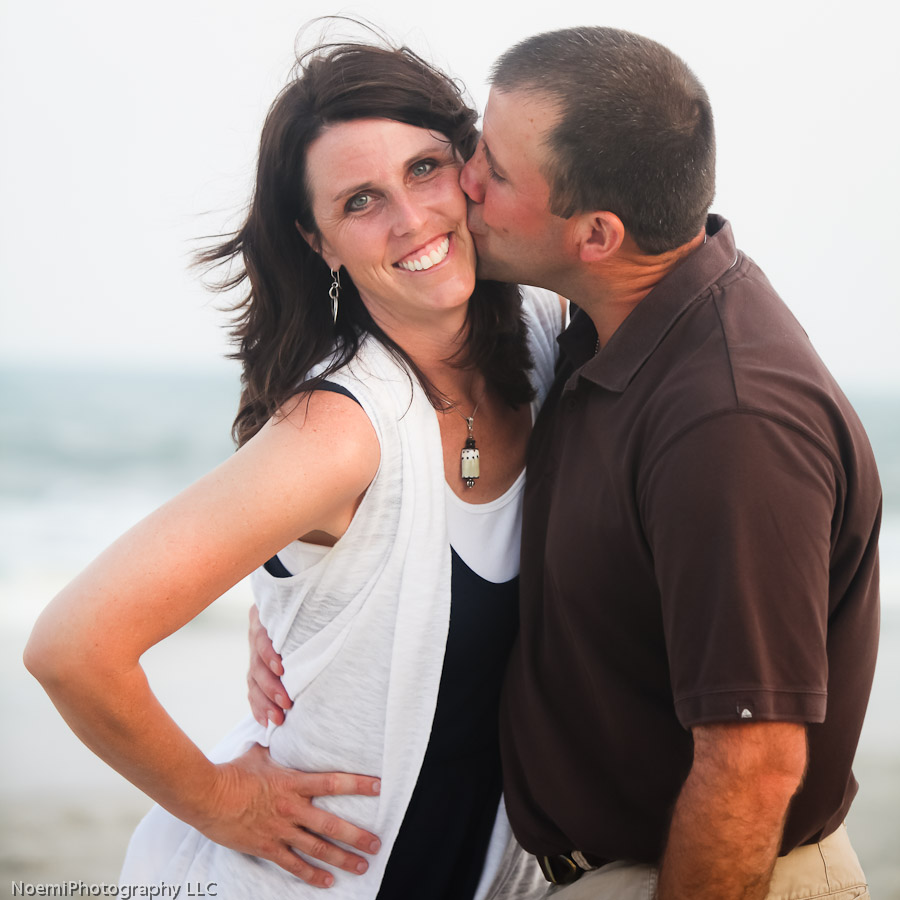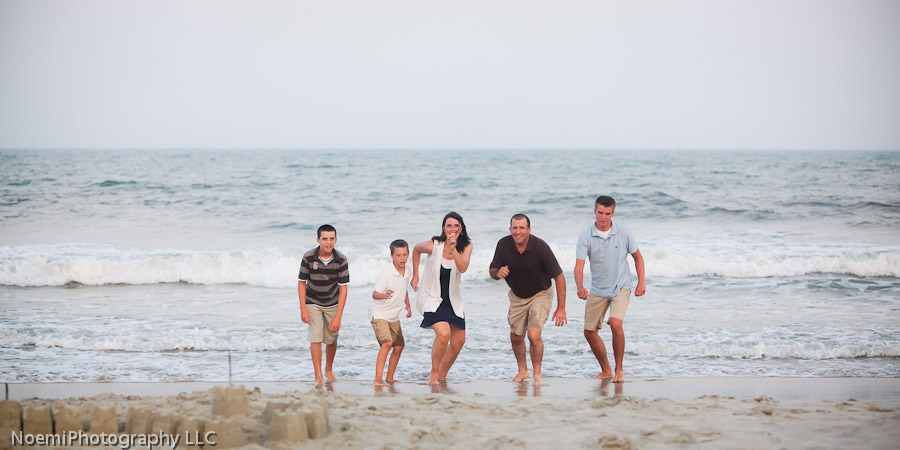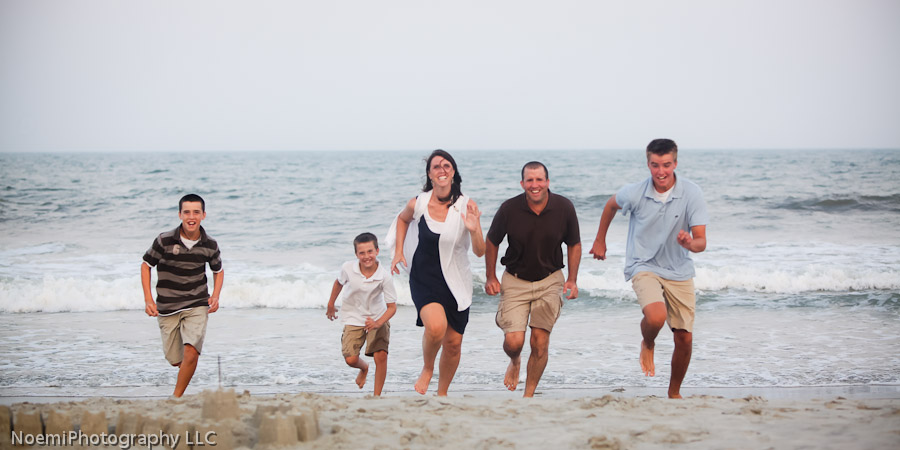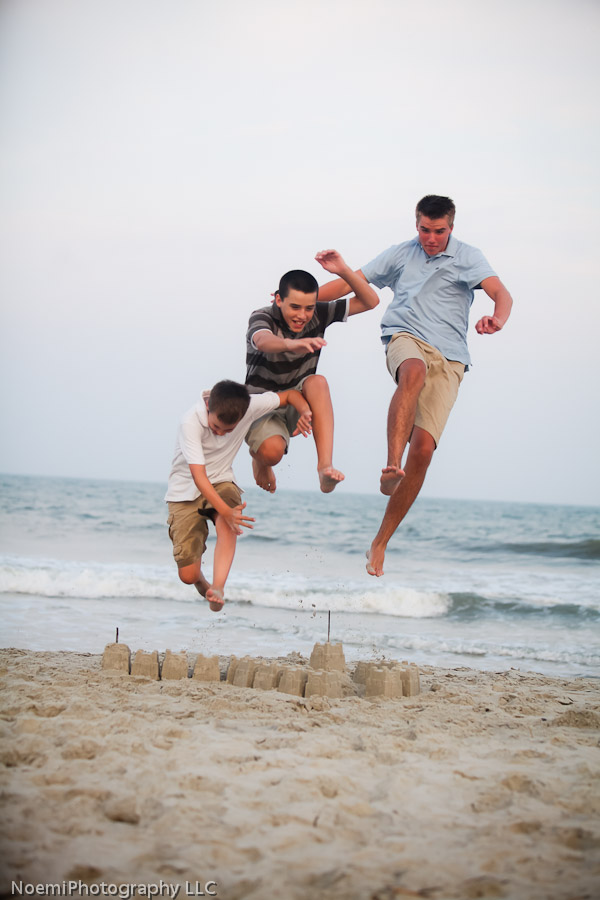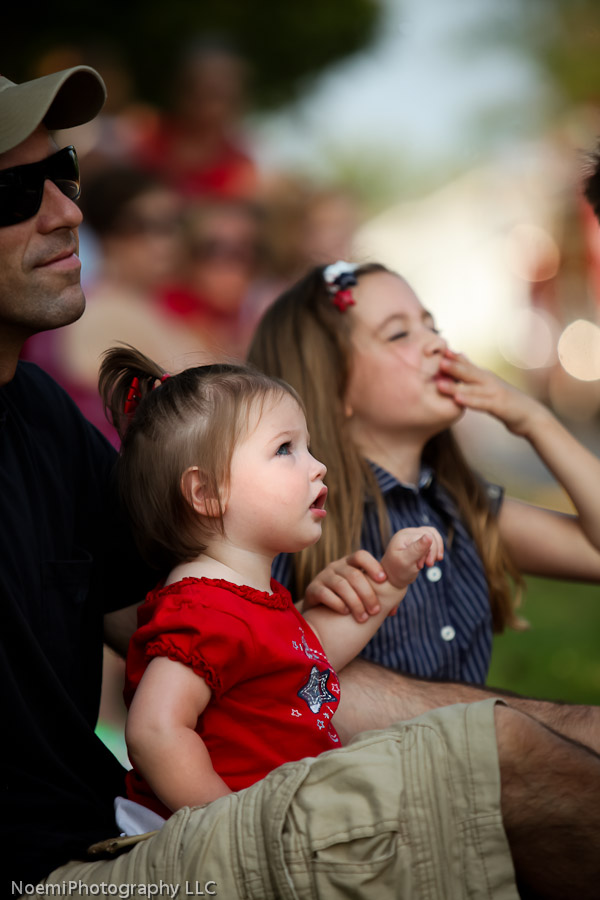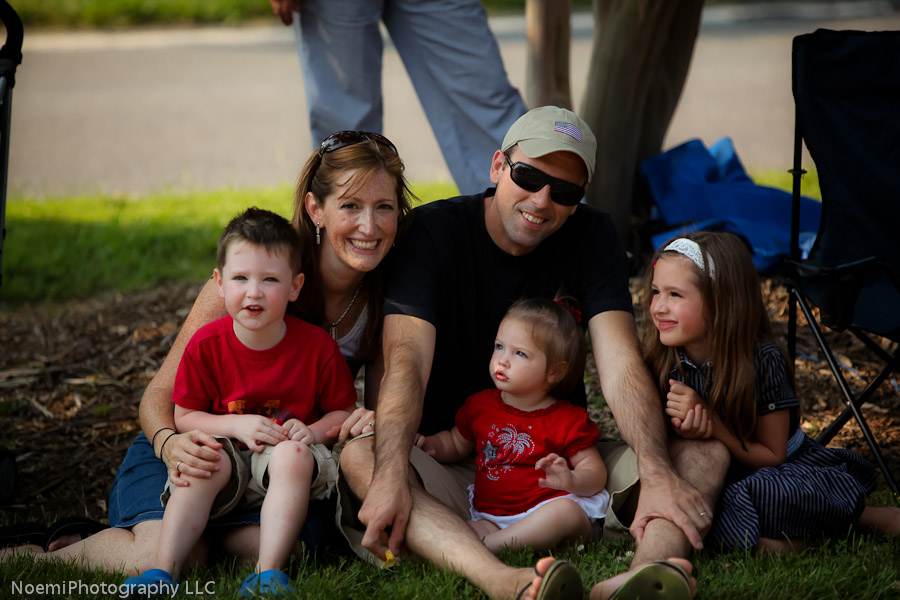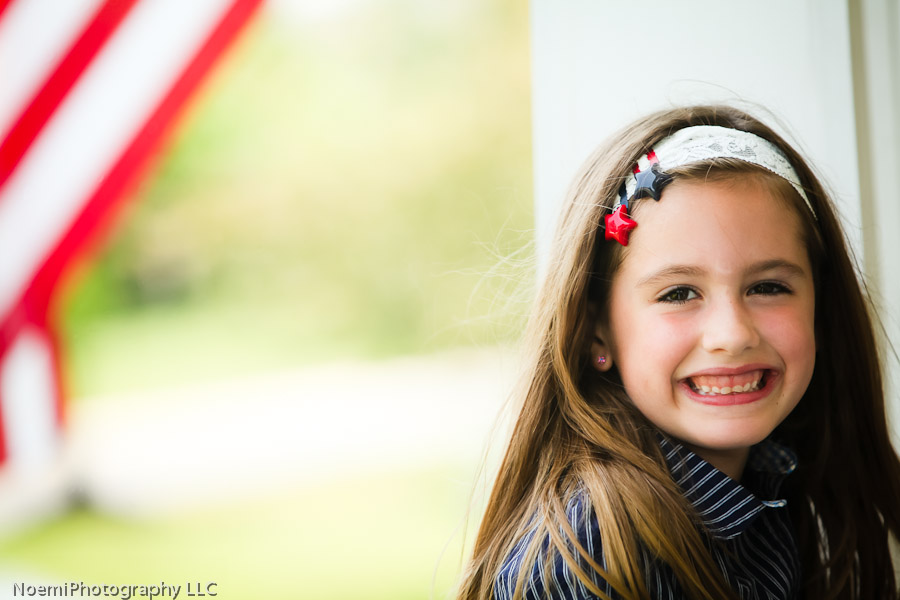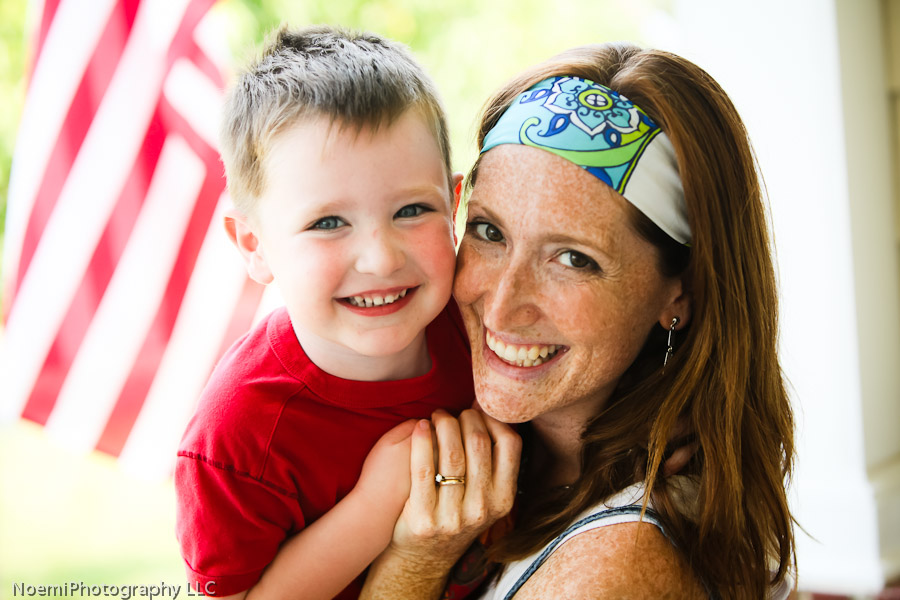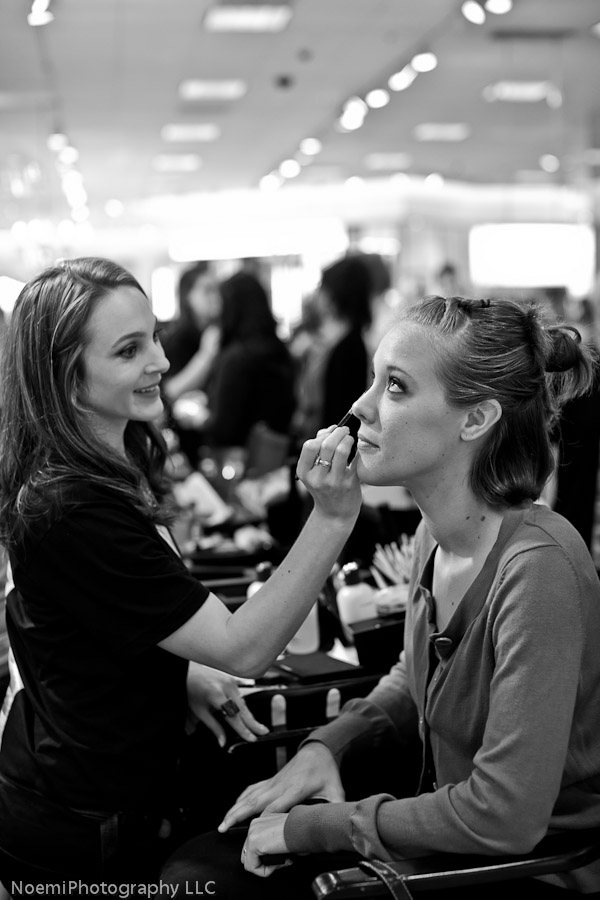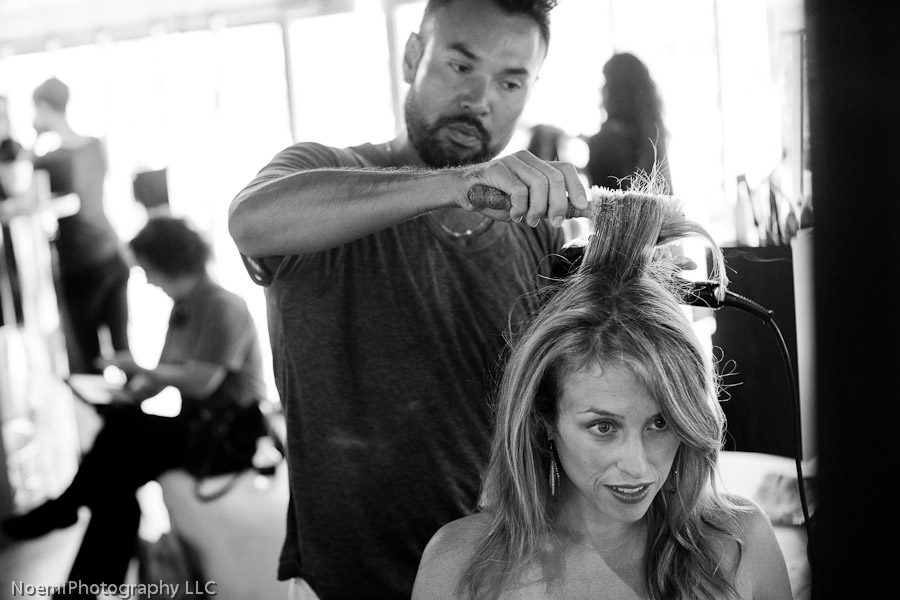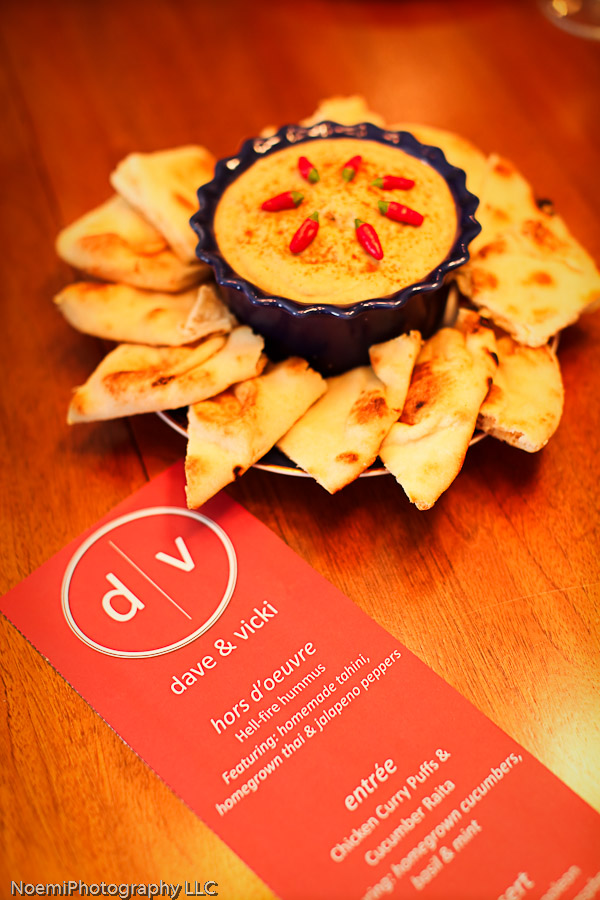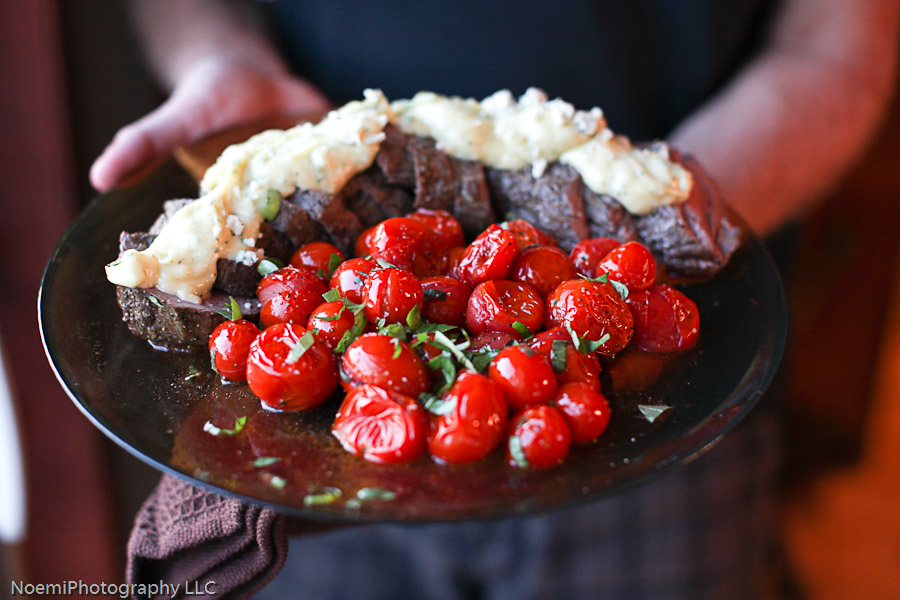Well, I have to say I've totally dragged my feet on the whole Twitter vs Facebook thing. I'm sold on Facebook - almost better then sliced bread so, it was the clear winner. But, why Twittering/Tweeting too? Are you in the same boat? Well, this week I figured it out and I'm loving my new toy!
Here's my non-technical breakdown Facebook is for friends and family getting the inside scoop on your life. Your status, pictures, video and notes become a library for the elite few to browse at will. But, Twitter...it's all about the moment and for everyone to join in. Kinda like online instant messaging. It's texting on steroids! Why do it? It's fun! I like scrolling for inspiration and laughs. If you're witty and like short sentences Twitter is for you!
Here's www.webopedia.com's answer:
Twitter is a free microblog, or social messaging tool that lets people stay connected through brief text message updates up to 140 characters in length. Twitter is based on you answering the question "What are you doing?" You then post thoughts, observations and goings-on during the day in answer to that question. Your update is posted on your Twitter profile page through SMS text messaging, the Twitter Web site, instant messaging, RSS, e-mail or through other social applications and sites, such as Facebook.
Want to learn more?
Okay, the other reason why I didn't like Twitter? I felt like there was a code that everyone else knew and I didn't. I don't like that! So here's a really great breakdown:
Your Facebook profile serves as an online poster that tells your friends “all about you”. It’s a hub where you can summarize what’s going on in your world, and other people can look at your page and see a snapshot of your life. You could conceivably complete your profile, and then do little or nothing with it, and it still serves its purpose – to stay in touch with friends. You can log in only once a week and still get a lot out of Facebook.
Twitter is not like this at all. Your profile is much simpler – it shows (at most) your photo, your location, a website link, a brief bio, and your most recent tweets. If you set up your Twitter account and do little or nothing to it, it doesn’t work at all. The heart and soul of Twitter is interacting with other people. If you only log in once a week, you may get something out of it, but you’ll be missing the true wealth of Twitter, which is constantly streaming information and connectivity, and real-time interaction.
Twitter doesn’t make much sense unless you’re actively using it. The foundation of your Facebook experience is your profile – you post updates, photos, etc. – and other people's profiles, and the interaction that takes place between friends. On Twitter, your profile is not the foundation. Most probably, the only time anyone will ever look at your Twitter profile is when they are deciding whether to follow you or not. They’ll spend about ten seconds on your profile and then move on.
The point of Twitter is to listen, talk, and engage in conversation with other people who are also using Twitter. This all starts to make a lot more sense as you follow more people who tweet on a regular basis. Unfortunately, I think a lot of people are setting up Twitter profiles with the idea that it's something like Facebook - you create a profile that other people will look at, and then something will happen. But Twitter doesn't work that way! It requires you to be more proactive and more involved than many other social networking sites.
Once you’re following some people, and other people are following you, the conversation can begin. It takes time and effort to establish your own little “Twitter stream” and to get comfortable swimming in it. As you follow people, they will follow you back, and as you reply to people, they’ll reply back, or comment on your tweets. That’s when the fun really starts.
If this still seems confusing, let’s compare Twitter to something we’re all familiar with: email.
Interaction on Twitter is a lot like email:
@reply
Email wouldn't be very useful if we couldn't reply. On Twitter, replying is really important too. You can reply to anyone publicly, or reference them, by typing @ followed by their username (no space). If you’re talking about someone else, refer to them by their @username.
Example:
@harmonymatters I really enjoyed your class! (reply)
or
I attended a great class by @harmonymatters today. (reference)
Referencing other people is kind of like a cc in email. It includes them in the conversation without talking to them directly. On your Twitter homepage, there’s an @replies tab. This will show you any tweet with your @username in it. @replies that you send are visible to anyone and will show up in your public Twitter stream.
Direct Message
Talk to someone privately via direct message, or “DM”. You do this by typing “d username” (this time WITH a space!)
Example: d harmonymatters I really enjoyed your class!
These messages are private and go to your DM “inbox”. You can only send DM’s to people who follow you (and conversely, you can only receive DM's from people you're following).
Re-tweeting
The re-tweet, or “RT” is like an email forward. When someone else tweets something interesting or useful that you want to share with all your followers, you can re-tweet it. Be sure to reference the person you got it from by including their @username. Re-tweets are either preceded with RT, or are noted by including “via @username” somewhere in the tweet.
Example:
RT @harmonymatters Free organizing class! http://www...
or
Free organizing class! http://www... (via @harmonymatters)
#hashtags
Hashtags are a huge part of the functionality of Twitter, and are (loosely) akin to an email's subject line. (However, not every tweet needs to have a hashtag.) Hashtags are basically a way to “tag” a tweet in order to make it easier for people to find by searching. You add a hashtag by typing the # symbol, followed by your tag word or term of choice (no space).
Example:
@harmonymatters I really enjoyed your class about #organizing today.
or
Want to get #organized? Check out this free class by @harmonymatters http://www...
Hashtags are commonly used to organize around events or popular topics. For example, people tweeting about American Idol might tag their tweets #americanidol. Or, people attending a business conference could arrange a “tweet-up” (yes, that’s a Twitter meet-up) or share info about the conference by using a hashtag.
If this all still seems confusing, follow some people who tweet regularly and just observe. You'll see them using all these interacting tools, and it will start to make more sense.
Twitter is what you make of it. By understanding what Twitter is (and what it’s not) and by using @replies, DM’s, RT’s, and #hashtags to connect with others, you’ll be able to get more out of Twitter, give more value to your followers, and use Twitter effectively for your business.
Click here for the whole article!
Happy tweeting!
